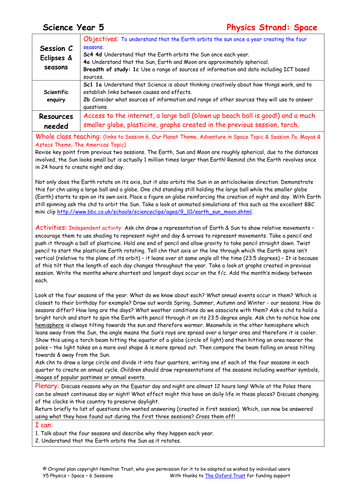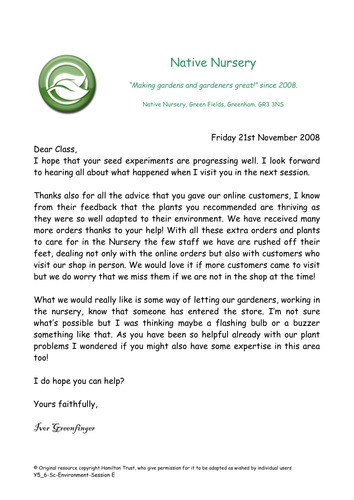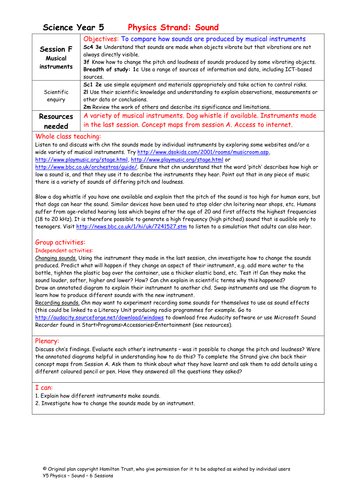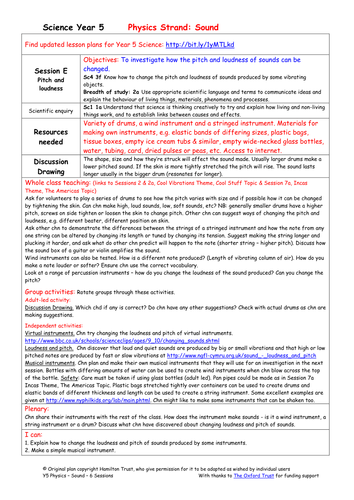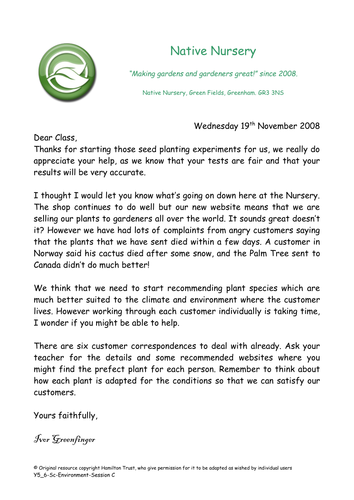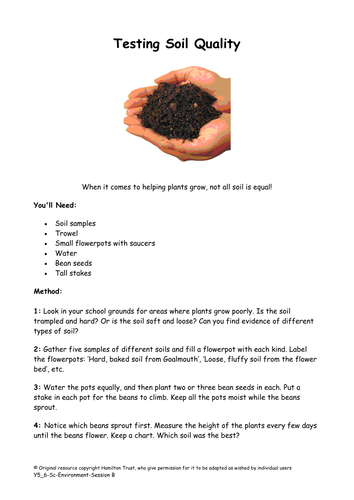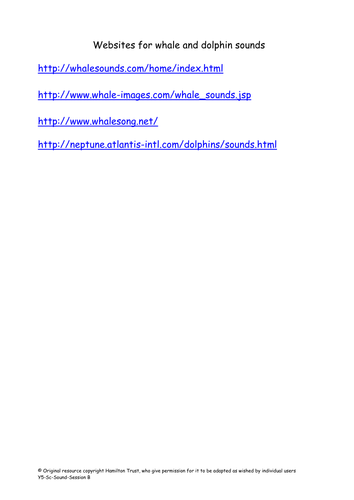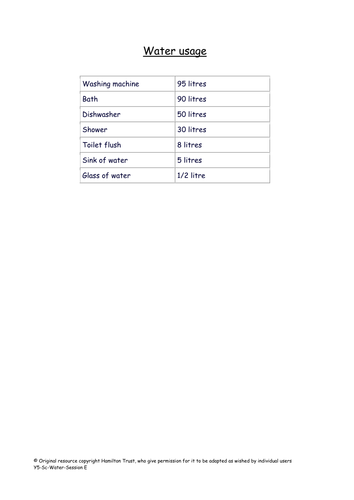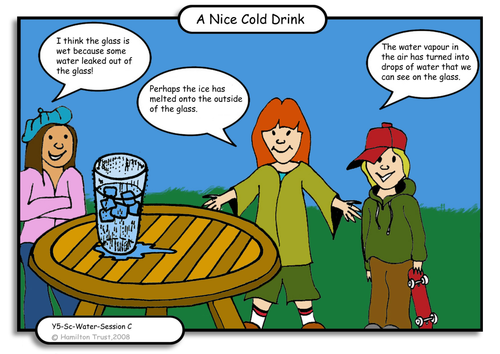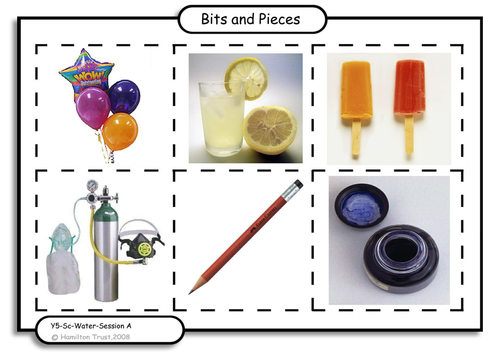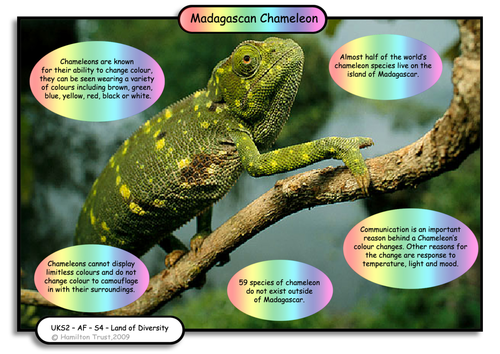
397Uploads
10041k+Views
11644k+Downloads
Elementary science

Eclipses and seasons
The Sun is a million times larger than Earth so how can its rays sometimes be obscured by the much smaller Moon? Children discover how eclipses are created and how the Earth’s tilt on its axis creates seasons.
Suitable for Year 5 pupils.

Presentation
In this session a representative from Native Nursery visits to hear the findings from the growing tests and find out more about the electrical security devices. Will the children impress with their understanding of scientific concepts?
Suitable for Y5/6 pupils.

Earth, Moon and Sun
The world is in their hands in this session along with the Moon and the Sun! Children create drawn scale models of each and use a trundle wheel to measure scaled distances between them.
Suitable for Year 5 pupils.

Design Ideas
Yet again the children are called upon to help out Native Nursery, this time to make the shop more secure. The children use their knowledge of electrical circuits and conductors to create and modify pressure activated switches.
Suitable for Y5/6 pupils.

Musical instruments
Listen to a variety of musical instruments and investigate how they make sounds in more detail. Explain how to change the pitch and loudness of instruments made in session E and then try out each other’s instruments. Discuss what children have learnt during Strand.
Suitable for Y5 pupils.

Dandelions
Discussing dandelions! Children raise a question about the dandelions growing in the school grounds before planning and carrying out their investigation. Careful observation and measuring in groups are essential before they draw conclusions. Suitable for Y5/6 pupils.

Pitch and Loudness
Demonstrate how to make high, low, soft and loud sounds with drums, string instruments and wind instruments. Children investigate changes of pitch and loudness of virtual instruments and create their own instruments to investigate in session F.
Suitable for Y5 pupils.

Investigate soundproofing
Discuss why sometimes it is important to prevent sounds travelling. Plan and carry out an investigation to find out which materials would be best to muffle sounds. A datalogger could be used with this investigation.
Suitable for Y5 pupils.

Plants in the environment
The customers from around the world have come flooding onto the Native Nursery online shop wanting advice about which plants to buy for their climate. Children research each climate zone and make suggestions well suited to the conditions.
Suitable for Y5/6 pupils.

Soil
Time to get down and dirty! Children bring in soil samples from home and carry out a simple experiment to separate it into layers. This is followed by an experiment to test soil quality before finding out that some plants don’t need soil at all!
Suitable for Y5/6 pupils.

Hearing sounds
Briefly examine the structure of the ear and how vibrations are heard as sounds. Compare light and sound waves further. Discuss echoes and how bats or dolphins use echolocation. Talk about deafness and introduce children to British Sign Language.
Suitable for Y5 pupils.

Vibrations
Explain that all sounds are made by objects vibrating and that sound can travel through gases, liquids and solids. Children carry out some short investigations about vibrations and make a string telephone with a partner. Compare light and sound waves.
Suitable for Y5 pupils.

Introduction to sound
Find out what children already know about sound. Listen carefully to sounds in the environment. Children try a circus of activities to describe sounds, suggest how musical instruments make sounds, why animals prick up their ears and why some have very large ears.
Suitable for Y5 pupils.

Fun with gases
Candles burn, water fizzes, paper swirls spin and chalk gets dropped in vinegar in this practical session. Children then answer the call of the Fizzy Water company to find out if their water is fizzier ice cold! Suitable for Y5 pupils.

Water in everyday life
Remind children how important water is to all living organisms. Look at how little of the water present on earth is fresh and therefore drinkable.
Children investigate how animals and plants adapt to arid conditions and create posters to encourage us to save water.
Suitable for Y5 pupils.

Evaporation and condensation
Look at evaporation and condensation of water as reversible changes. Discuss everyday examples & uses of evaporation and condensation. Plan and carry out an investigation into the factors that speed up evaporation.
Suitable for Y5 pupils.

Changing states
Water doesn’t just dry up… it changes state! In this session children investigate how water can exist in all three states and look for evidence of water as vapour, drawing diagrams to explain what is happening. Suitable for Year 5 pupils.

States of matter
This strand begins with children comparing the properties of the three states of matter – solid, liquid and gas. Water is used as an example of a material that can exist in all three states. Use drama to model this.
Suitable for Y5 pupils.

Three states of matter
Solid, liquid or gas? That is the question that kicks off this block of six sessions. Children investigate the properties of the three states and sort some familiar and unfamiliar objects into them. Suitable for Y5 pupils.

Madagascan Chameleon
Using Madagascan Chameleons as a model, show children how they can focus upon particularly interesting aspects of their chosen creature. They will need to write an explanation of this feature. Model this using the chameleon’s camouflage.
Suitable for years 5 and 6.

